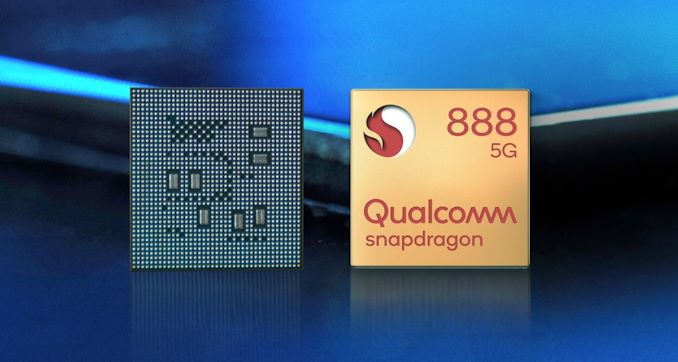1. System overview
The MediaTek i1200/MT8395 device (see Figure 1-1) is a highly integrated platform that includes an application processing subsystem and an AI accelerator (AIA) application. The chip integrates four ARM® Cortex-A78 cores operating up to 2.2 GHz, four ARM® Cortex-A55 cores operating up to 2.0 GHz, and a powerful multi-standard video codec. In addition, interface cameras, touchscreen displays, and UFS/SD cards contain a large number of interfaces and connected peripherals.
The application processors are multi-core ARM® Cortex-A78, ARM® Cortex-A55 with NEON engine, which provide the processing power needed to support the latest OpenOS and its demanding applications such as smart appliances, industrial IoT, and other AI-embedded devices.
All of this is viewed on a high-resolution touchscreen display and enhanced with 3D graphics acceleration.
Multi-standard video accelerators and advanced audio subsystems are also integrated to provide advanced multimedia applications and services, such as streaming audio and video, a large number of decoders and encoders.
The overall quality of simultaneous voice, data, and audio/video transmission on AI-embedded devices has been improved.
1.1 Outstanding features of i1200/MT8395 integration
4 ARM® Cortex-A78 cores operating at 2.2 GHz
4 ARM® Cortex-A55 cores operating at 2.0 GHz
LPDDR4X Up to 16 GB (four channels, 16-bit data bus width)
Memory data rates up to LPDDR4X-4266
Resolution up to dual 4K60 display outputs
OpenGL ES 3.2 3D graphics accelerator
The ISP supports 48MP@30 fps sensors, YUV throughput: 350 MP/s
AV1 4K@90 fps decoder
HEVC 4K@90 fps decoder
HEVC 4K@60 fps encoder

1.2 Platform Features
So so
Smart camera/display, two MCU subsystem architectures
Support eMMC/UFS/USB/SPINOR boot
Support LPDDR4X
AP MCU subsystem
4 ARM® 2.2 GHz Cortex-A78 cores, each with 64 KB L1 I-cache, 64 KB L1 D cache, and 256 KB L2 cache
4 ARM® 2.0 GHz Cortex-A55 cores, each with 32 KB L1 I-cache, 32 KB L1 D cache, and 128 KB L2 cache
Share 2 MB L3 cache
NEON multimedia processing engine with support for SIMDv2/VFPv4 ISA
DVFS technology with adaptive operating voltage from 0.55V to 0.975V
Computing and multimedia engines
Mali G57 MC5
Deep Learning Accelerator (MDLA for AIA)
Vision Processor Unit (VP6 of VPU)
Image Signal Processing (ISP)
HIFI-256 with 4 KB TCM
RISC-V (MTK RV33)
Display (HDR10)
Video codec (H.264/HEVC/VP9/AV1)
Programmable Vision Processor Unit (VPU) for AI and CV
Top performance: Fix8: up to 426 GMAC;
Fix16: Up to 106 GMACs;
FP16: up to 53 GMAC,
FP32: Up to 27 GMACs
Dual-core supports multiple applications at the same time
vFPU supports applications that require high accuracy
The AI Accelerator (AIA) (Deep Learning Accelerator: DLA) supports NN applications with high compute demands
Top performance: Fix8 1966 GMAC, Fix16 983 GMA

Other

What is HBM (High Bandwidth Memory)?
2024.09.05

What is Antenna Tuner IC?
2024.09.20

What’s the Difference between LPDDR and DDR?
2024.09.25

Snapdragon 888 5G Mobile Platform
2024.09.26

What is WiFi 6E?
2024.09.26

What is Bluetooth Audio SoC?
2024.09.26

What's HBM3E (High Bandwidth Memory 3)?
2024.09.26

What is an Audio Codec?
2024.10.09





